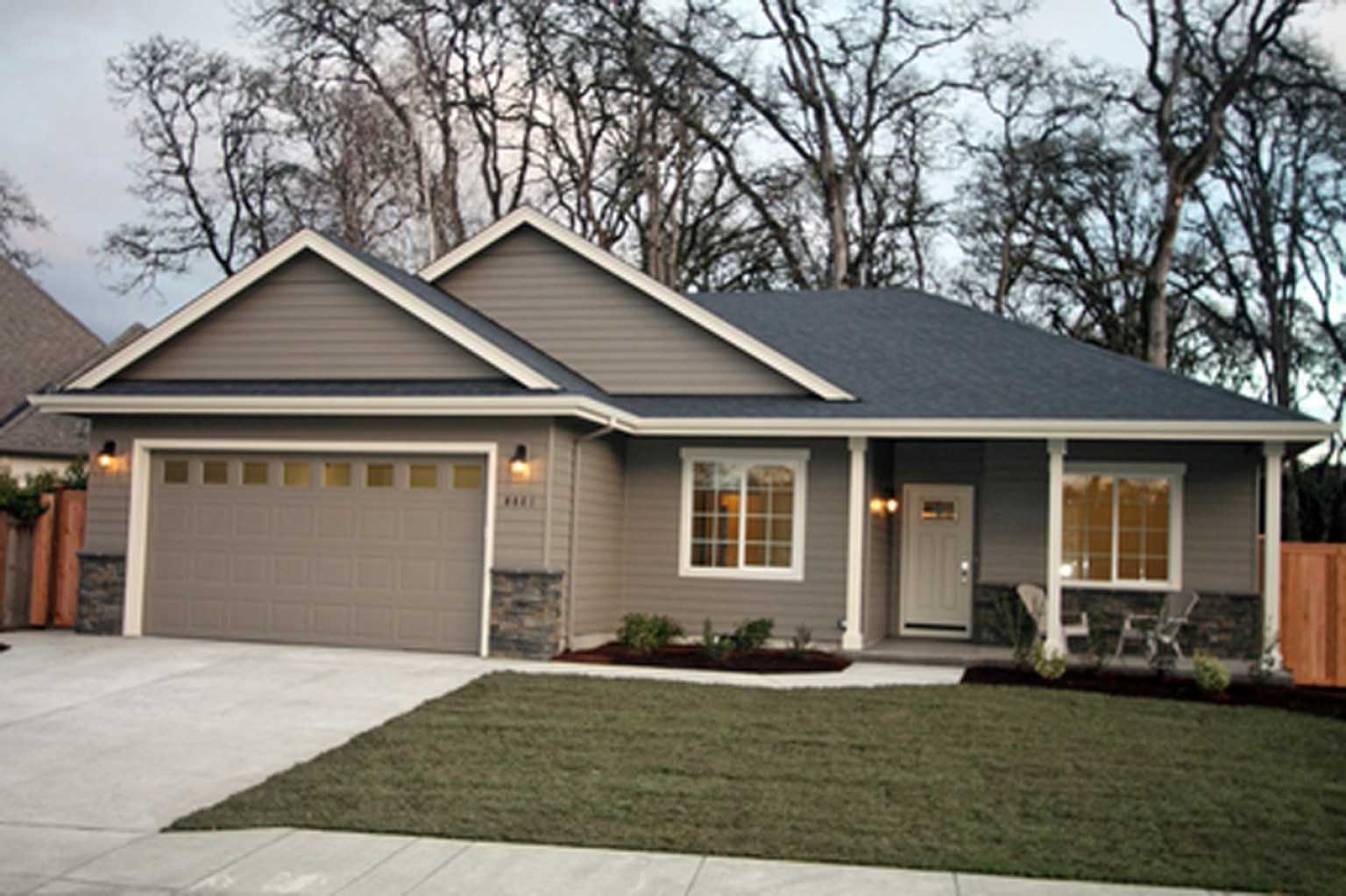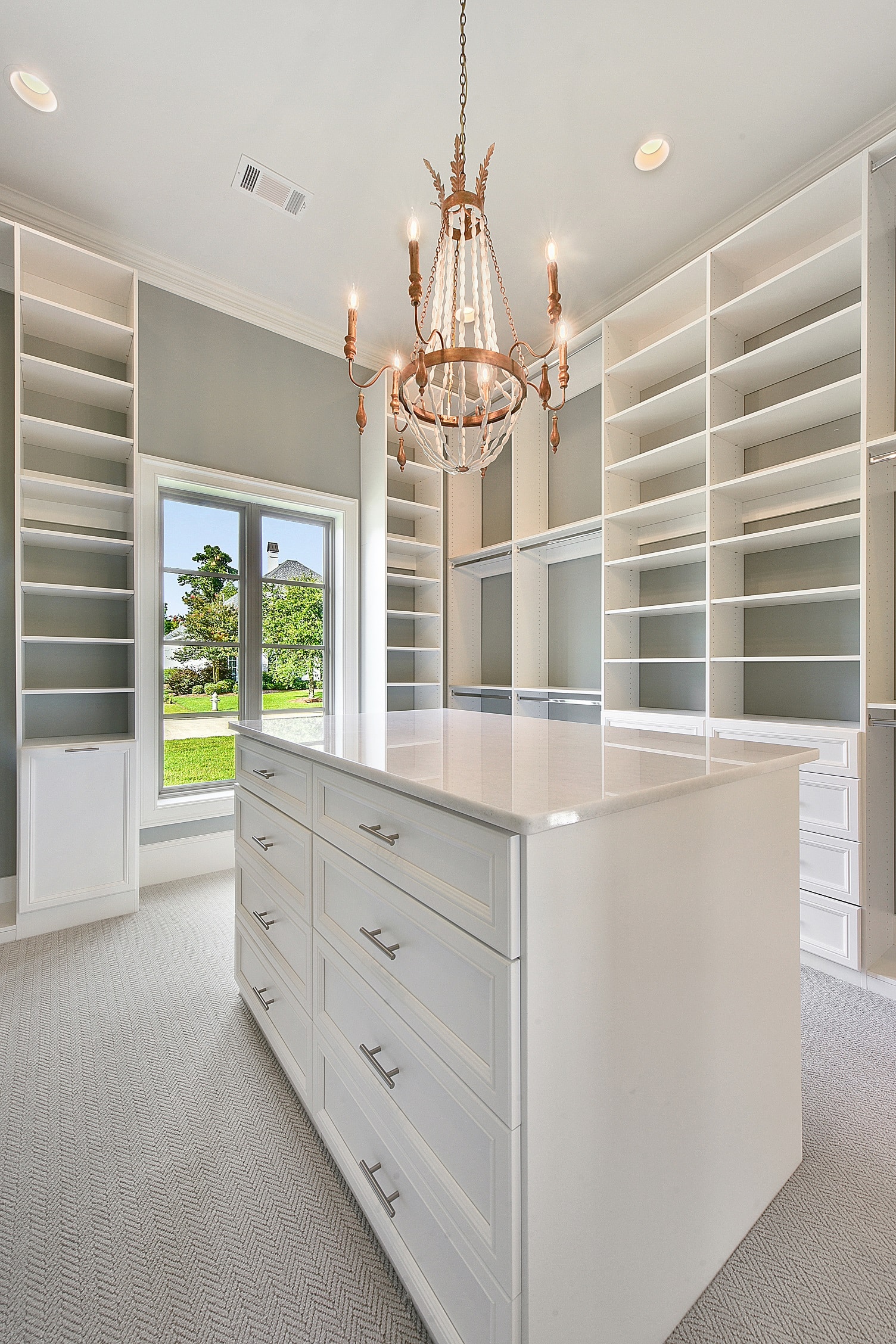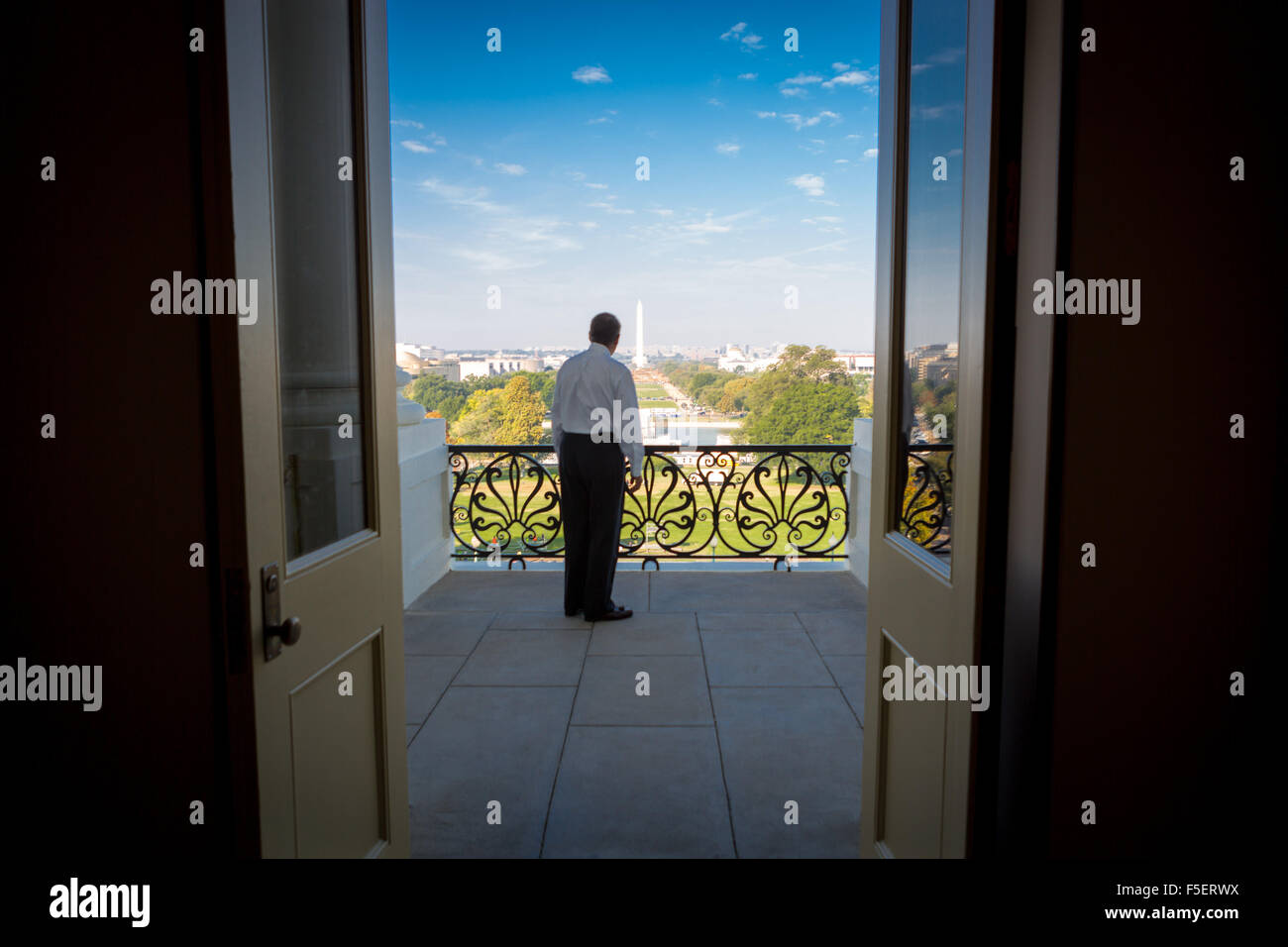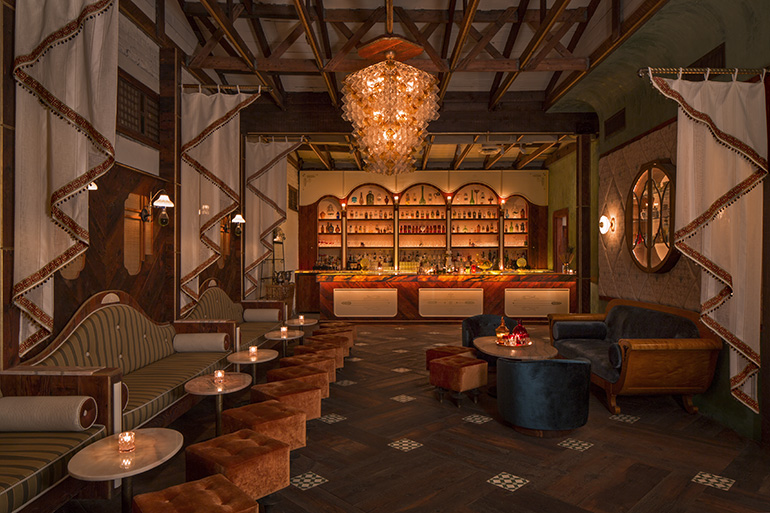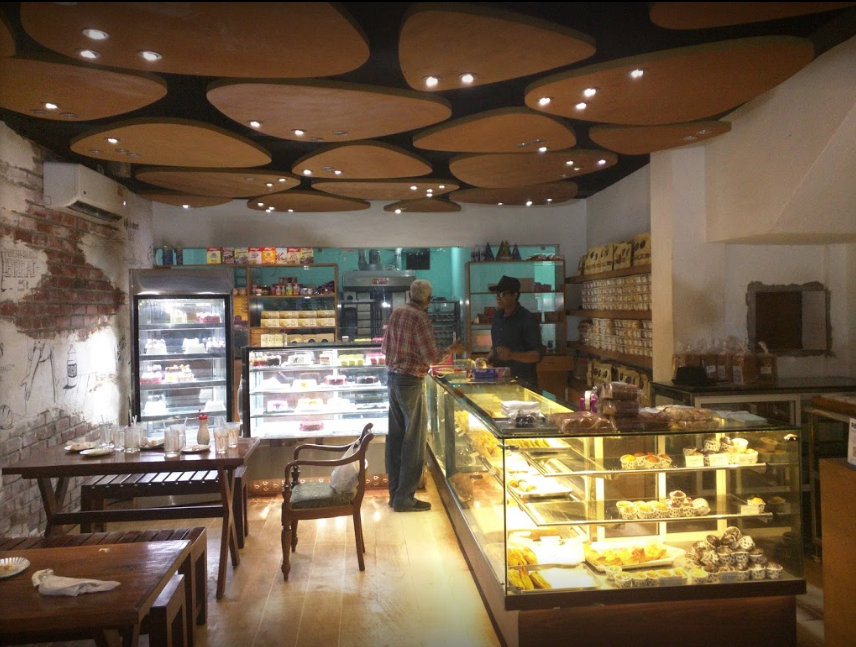Table Of Content

If you want to have a unified design, you need to take them all into account and make everything in your design visibly linked and easier to be perceived. When it comes to balance, you might use symmetry for more formal communications. Or, you might opt for an asymmetrical balance to increase visual interest.
Best examples that achieved unity in design
Well, if you need to design your own business communications, understanding unity and the principles it encompasses can be a big help. With a basic grasp of the unity design principle, you can take your documents from underwhelming to over the top impressive. Consider yourself armed and dangerous in the unity principle of design world. Now go on, create something that makes people pause, admire, and maybe shed a tear of joy (or at least not cringe).
Negative/White Space
When a website exhibits unity, users can navigate it effortlessly because they encounter familiar design patterns and elements throughout their journey. This consistency reduces confusion and enhances the overall usability of the website. Just as music has rhythm that guides listeners through a song, visual art can have a rhythm that leads the viewer’s eye through the composition.
How to achieve unity in design?
It’s unlikely no matter how hard you try that your design will be 100% unified toward a single idea. We all bring a lifetime of connections and perceptions to any piece or art or design. Lincoln’s point reaches beyond the socio-political climate of the time. Consisting of 24 credit hours, the Game Development Concentration requires the Video Games & Society, Game Design, Introduction to Mixed Reality, and Interactive Entertainment Engineering courses. Students may choose four credits from Mathematics/Statistics electives and the remaining credits from a variety of areas and to suit their goals.
Principles of Design

Graduates of USC Games have developed and sold their own games, launched their own studios, or landed positions at major studios such as Riot Games, Disney, Epic Games, Apple, ESPN, and CBS interactive. We’re continuing to innovate on existing capabilities like Muse Texture, where we’re leveraging new original research and proprietary models to generate true PBR materials for 3D objects. This means that you’ll be able to produce a multi-material UV texture that can wrap onto an object directly, and it will react more accurately to lighting. With Muse Behavior, you can create custom actions that give you control over the high-level structure and narrative of your behavior trees. And don’t worry if you’re totally new to creating behavior trees – the node wizard guides you step by step through the process of creating a new action type and adding to the graph. You can also use the LLM feature to automatically generate your tree.As we continue to improve Muse Behavior, you can expect more generative features to further simplify complex behavior tree setups.
Unity moves robotics design and training to the metaverse - VentureBeat
Unity moves robotics design and training to the metaverse.
Posted: Sat, 13 Nov 2021 08:00:00 GMT [source]
If you want to get across a message of openness it doesn’t make sense to box in all your design elements with borders. It would make more sense to create an open layout with lots of whitespace. It emphasizes your concept and theme and helps communicate your message to your reader. Through unity your elements aren’t competing with each other for attention. Through unity your design will be seen as a single complete piece, as a whole and not a group of disparate parts. Otis College of Art and Design (Otis) has several paths to study game design including a Game and Entertainment Design BFA, a Digital Media Minor, and a Game Design Certificate.
We use colours in visual design to convey emotions in and add variety and interest to our designs, separate distinct areas of a page, and differentiate our work from the competition. If functional and aesthetic elements don’t add to the user experience, forget them. Design principles are fundamental pieces of advice for you to make easy-to-use, pleasurable designs. You apply them when you select, create and organize elements and features in your work. The design of these pages has a limited color palette, it does not have colorful images but the information is simple and concise, which creates an overall friendly and unified environment. Creating unity with proximity is easy because grouping elements together can help to tell the viewer the relationship between each group of elements and buttons, along with their functions to each other.
For the Digital Junkies
We received feedback that it would be helpful for Muse Chat to automatically know more details of a project to reduce the time spent giving context and get more relevant answers faster. We’ve heard your feedback, and are excited to announce that Muse Chat is now available as an in-Editor package. This update also provides a foundation for providing project-aware responses. Muse Chat will now be able to retrieve key details about your project, including the Unity version, active render pipeline, input system used, target platforms, API compatibility, and other project settings.
This can be achieved through the use of different colors, shapes, or textures, or by introducing unexpected elements that break up the unity and add interest. The elements of visual design — line, shape, negative/white space, volume, value, colour and texture — describe the building blocks of a product’s aesthetics. On the other hand, the principles of design tell us how these elements can and should go together for the best results. Many of the principles below are closely related and complement one another. Visual design is about creating and making the general aesthetics of a product consistent.
Before committing anything to screen or paper, make sure you figure out the key message you’re trying to convey. Otherwise, you risk sending mixed messages about the importance of different pieces of information. There are several design principles related to placement, including proximity, repetition and alignment. Again, when all the textures in your design work together, this contributes to unity. For instance, in the template below, the foreground elements are plain and smooth to balance out the texture of the patterned background.
At the very heart of potent visual compositions, a critical tenet prevails – the unity principle of design. This unique rule orbits around the conviction that every component within a design should function in synergy to create an integrated entity, articulating a distinct message or concept. It operates as the fundamental thread interlinking all components within a piece. When adeptly wielded, it bestows upon your work an aura of fullness and equilibrium while infusing it with an overarching sense of orderliness and uniformity. Comprehending this fundamental precept and skillfully applying it is instrumental in delivering lucid, immersive, and impactful visual narratives. Unity is closely related to other principles of design such as balance, contrast, and hierarchy.
For example, proportion compares and measures the importance of elements to one another. Rhythm involves the combination of repetition, variety, and movement. Typically, the viewer's eye first sees the most important element, then the second most important, then the third one, and so on.
Courses explore areas such as game prototypes, game mechanics, game narrative, the game production cycle, game design processes, and the business of games. Graduates of the UC Irvine GDIM Program are Game Designers, Game Programmers, Game Developers, Game Artists, Project Managers, and Interactive Media Designers, among others. Some program alumni have busy freelance careers, while others have launched their own studios.


